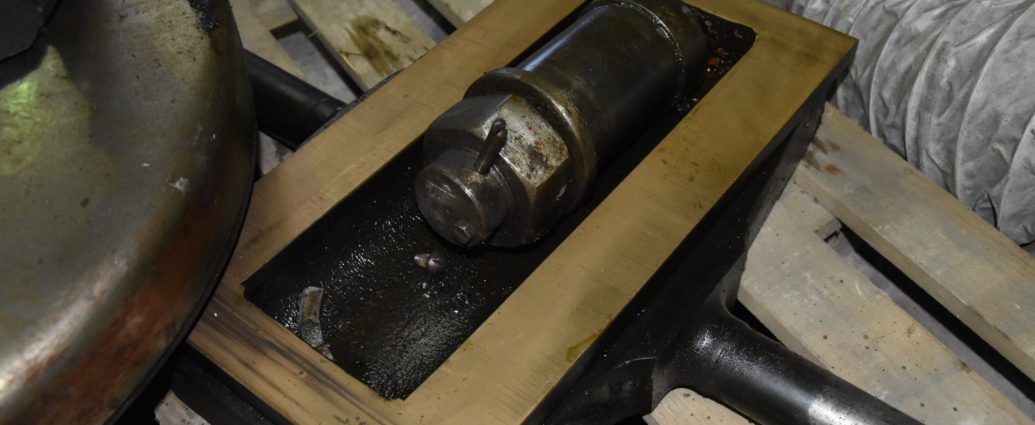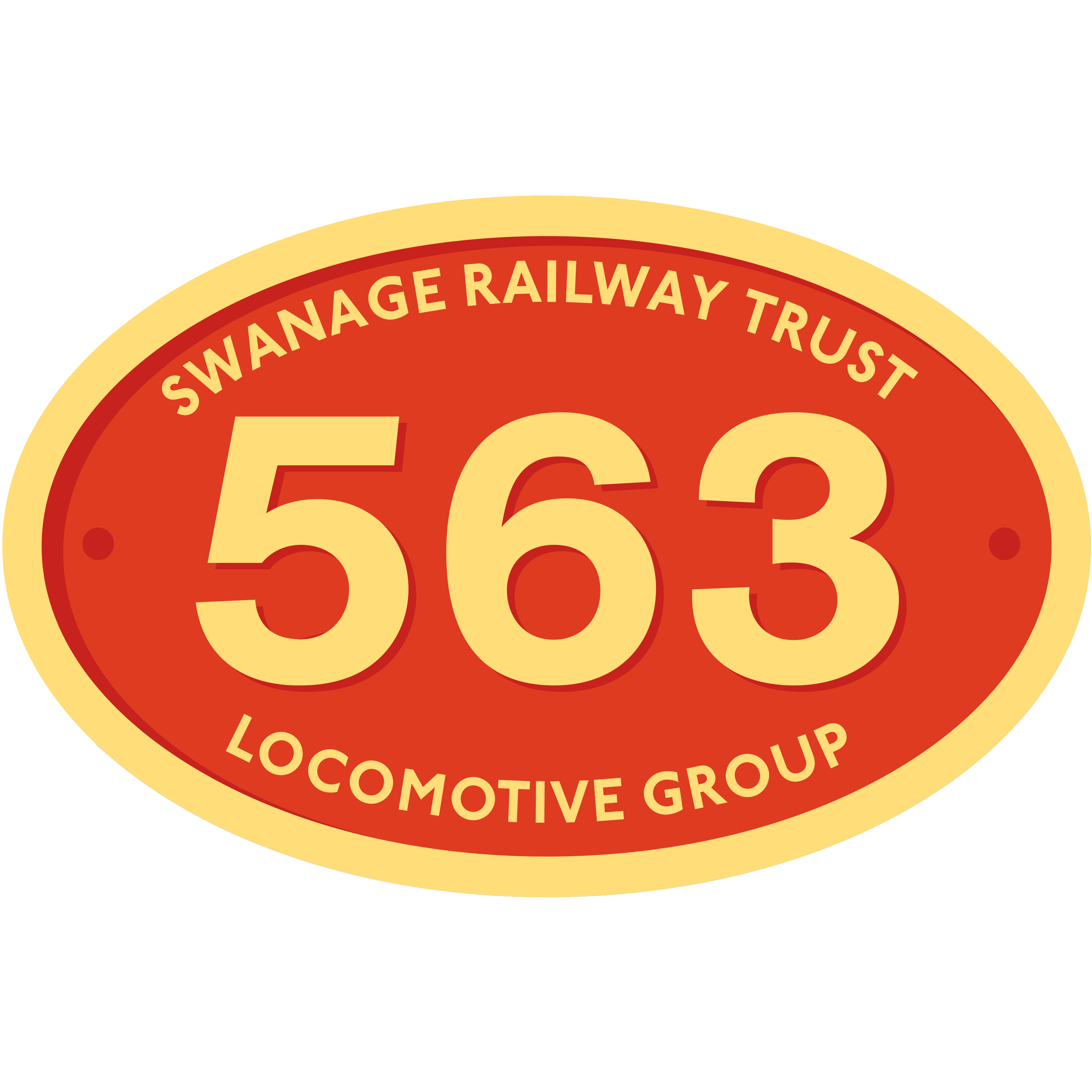No.563 appears to be in quite remarkable mechanical condition. The chassis appears to be a freshly overhauled locomotive from Eastleigh.
The slide valves appear to be brand new and the motion looks like it has only just been put up after overhaul. There are machining scraping marks on the white metal bearings that show that the bearings have only just been used as you would normally expect these marks to be worn away with persistent use.
At this stage the locomotive remains on its wheels and we have decided to keep it this way for the time being. The reason being is that we can see what is going on. We will have the wheels and axles ultrasonically tested to check for cracks but taking it off its wheels at this stage wont tell us much. Axle box work is fairly standard work in preservation now and the Flour Mill can quote accurately for this work in advance. We have therefore decided to use the strip down budget to focus on something far more important.

So it begs the question why is the outside and barrel so good but the inner firebox is so bad? Is this boiler hiding something that we can’t see?

